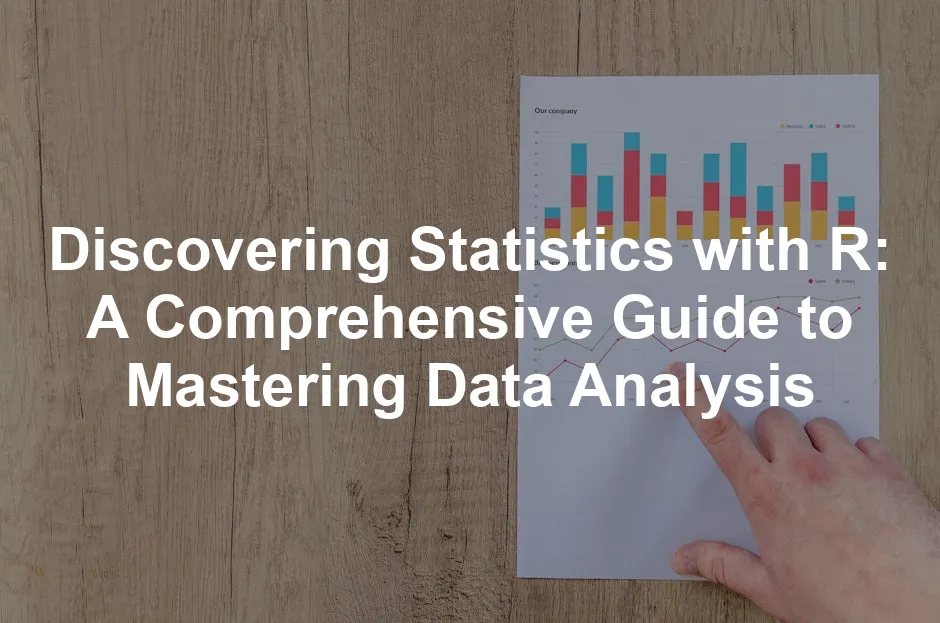Please let us know what you think about our content by leaving a comment down below!
Thank you for reading till here 🙂
Introduction
Statistics is the backbone of data analysis. It helps us make sense of numbers, trends, and patterns in various fields, from social sciences to business analytics. In today’s data-driven world, understanding statistics is more crucial than ever. Enter R, a powerful programming language and software environment designed explicitly for statistical computing and data visualization. R is not just a tool; it’s a veritable Swiss Army knife for statisticians, researchers, and data enthusiasts alike.
This article aims to be your trusty guide through the intricate yet fascinating world of statistics using R. We’ll cover essential concepts, techniques, and best practices to help you become proficient in statistical analysis. From descriptive statistics to advanced modeling techniques, we’ll ensure you have the resources and knowledge to tackle any dataset with confidence.
Who stands to benefit from this article? Whether you’re a student grappling with your first statistics course, a researcher looking to enhance your data analysis skills, or simply a data enthusiast eager to learn, this blog post is tailored for you. We aim to break down complex ideas into digestible bites, making statistics less intimidating and more enjoyable.
So, grab your favorite beverage, settle into a comfy spot, and get ready to embark on a statistical adventure. We encourage you to engage with the content, ask questions, and share your experiences. Together, let’s uncover the magic of R as a statistical tool and unlock new insights hidden within your data. Ready to get started? Let’s jump right in!

Understanding R and Its Importance in Statistics
What is R?
R is a programming language and software environment designed for statistical computing and graphics. It’s open-source, meaning anyone can use it for free, which is a big win for budget-conscious students and researchers. R’s core features include a rich ecosystem of packages, allowing users to perform a wide range of statistical analyses and data visualizations.
R is popular among statisticians, data scientists, and researchers for its flexibility and extensive capabilities. You can analyze everything from basic descriptive statistics to complex multivariate analyses. Its syntax is straightforward, making it accessible to newcomers while still offering advanced features for seasoned users.
Its popularity has skyrocketed in academia and industry, thanks to its robust community support and vast resources. R is often the go-to choice for data analysis in various fields, including psychology, biostatistics, and market research. With R, you can manipulate data, perform statistical tests, and create stunning visualizations—all in one place.
Why not join the ranks of R enthusiasts? With its engaging community and wealth of resources, learning R can be a rewarding experience that opens doors to new opportunities in data analysis. Whether you’re crunching numbers for a thesis or analyzing trends for a business report, R has got your back. So, let’s explore what makes this tool essential for mastering statistics.

Why Use R for Statistics?
Statistics isn’t just for math wizards; it’s for everyone. R makes it easy to navigate the statistical landscape, and here’s why you should consider it for your data analysis journey.
Flexibility and Customization
R is like the Swiss Army knife of statistical analysis. Want to run a linear regression? Easy peasy! Need to create a complex visualization? R’s got your back. With thousands of packages at your fingertips, the possibilities are endless. You can customize your analyses to fit specific needs. This flexibility means you can tailor your approach, ensuring you’re not stuck in a one-size-fits-all situation.
For example, if you’re a fan of visualizing data, R offers packages like ggplot2 that let you create stunning graphics with minimal code. From scatter plots to intricate heatmaps, R allows you to design visuals that tell your data’s story in compelling ways. Want to add a touch of flair? R lets you tweak everything from colors to sizes, giving you the creative control to make your graphics pop. You can find ggplot2 books that dive deeper into its capabilities!
And let’s not forget about reproducibility. R encourages good practices by allowing you to document your code and analyses easily. This means you can share your methods with others, making your work transparent and replicable—big points in the world of science and research.

Community and Resources
One of R’s greatest strengths is its vibrant community. With thousands of users around the globe, you’re never alone in your statistical endeavors. Need help? Just head over to forums like Stack Overflow or R-bloggers, where fellow R enthusiasts are eager to lend a hand.
The wealth of resources available is nothing short of staggering. From comprehensive documentation for every package to countless tutorials and guides, you can find assistance at almost every turn. Don’t know how to plot your data? There’s a package for that! Stuck on a statistical technique? There’s a blog post detailing how to do it.
Books like Discovering Statistics Using R by Andy Field offer a humorous yet informative introduction to R, making learning engaging and enjoyable. With this kind of support, even the most complex statistical concepts become accessible. You can find more about discovering statistics using r in our detailed guide.
For an in-depth look at how to effectively utilize R in statistical analysis, check out our article on discovering statistics using r.
In summary, R provides a flexible, customizable environment backed by an enthusiastic community. Whether you’re a beginner or a seasoned statistician, R equips you with the tools and resources to tackle data analysis head-on. So, why not join the R revolution and embrace the joy of statistics? Your data will thank you!

Exploring Data with R
Importing Data
Reading Data Files
Getting data into R is as easy as pie. Well, maybe not as easy as eating pie, but you get the idea! R can handle data from various sources, allowing you to bring in your data like a boss. First up, let’s talk about CSV files. These are a common format for data storage. To read a CSV file, just use the read.csv() function. Here’s how it looks:
my_data <- read.csv("path/to/your/file.csv")Just like that, your data is loaded into a data frame named my_data. Easy, right? Now, if you’re dealing with Excel files, fear not! The readxl package swoops in to save the day. It’s a fantastic tool for reading Excel files. You can install it using:
install.packages("readxl")Then, simply use read_excel() to import your data:
library(readxl)
my_data <- read_excel("path/to/your/file.xlsx")With these simple commands, you’re ready to tackle your data! And if you find yourself often working with spreadsheets, consider investing in a great Excel guide to boost your skills!
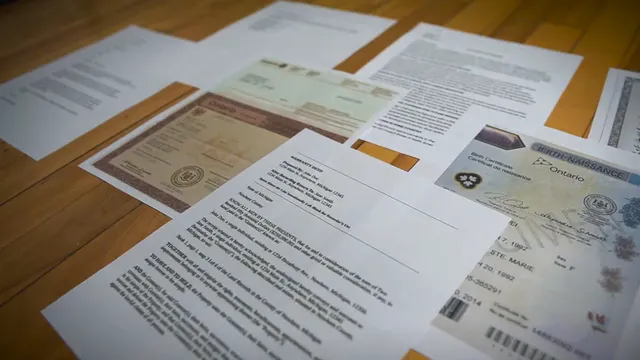
Data Manipulation
Once your data is in R, you might find it needs a little TLC. Enter dplyr, a powerful package for data manipulation. With dplyr, you can easily clean and transform your data. First, let’s install it if you haven’t done so already:
install.packages("dplyr")Now, let’s take a look at some functions to tidy up your data. The filter() function helps you subset your data. Fancy keeping only the rows where a variable meets a certain condition? Like this:
cleaned_data <- my_data %>% filter(variable_name == "desired_value")Now you have a data frame with only the rows you want. Next, let’s arrange your data using arrange(). This function sorts your data based on one or more columns:
sorted_data <- cleaned_data %>% arrange(column_name)You can also create new variables using mutate(). Imagine you want to calculate a new column based on existing ones. Here’s how:
new_data <- cleaned_data %>% mutate(new_column = existing_column * 2)With just a few commands, you’ve transformed your data into a cleaner, more usable format. R and dplyr make it easy to get your data ready for analysis! For those looking for a comprehensive guide on data manipulation, check out dplyr resources that simplify your learning!

Visualizing Data
Introduction to ggplot2
Now that your data is all spruced up, let’s visualize it! Enter ggplot2, the superhero of data visualization in R. This package allows you to create stunning graphics with ease. First, if you don’t have it yet, install ggplot2:
install.packages("ggplot2")Once it’s installed, you’re ready to create some eye-catching plots. ggplot2 uses a layered approach to building graphs, making it both powerful and flexible. You can start by setting up your basic plot with:
library(ggplot2)
ggplot(data = my_data, aes(x = x_variable, y = y_variable)) +
geom_point()This code snippet creates a scatter plot! The aes() function defines your aesthetic mappings, while geom_point() adds the actual data points to the plot.

Creating Basic Plots
Let’s create some more plots, shall we? For a histogram, which is perfect for visualizing the distribution of a variable, use:
ggplot(my_data, aes(x = numeric_variable)) +
geom_histogram(binwidth = 1, fill = "blue", color = "black")This code will create a lovely histogram. You can tweak the binwidth to adjust how the data is grouped.
How about a bar chart for categorical data? Easy peasy! Here’s how you do it:
ggplot(my_data, aes(x = factor_variable)) +
geom_bar(fill = "orange")And there you have it! With just a few lines of code, you can create beautiful visualizations to help you understand your data better. If you want to enhance your visualization skills further, consider picking up a GGPlot2 guide that dives into advanced techniques!
Visualizing your data is not just pretty; it’s effective. It reveals trends and patterns that might be hidden in raw numbers. Remember, a picture is worth a thousand words! So, get your data out of the spreadsheet and into R for a visual feast.

Inferential Statistics
Correlation and Regression
Correlation Analysis: In R, correlation analysis is straightforward and efficient. Use the cor() function to compute correlation coefficients. For instance, if you have two variables, x and y, you can find their correlation with this command:
correlation <- cor(x, y)This will return a single value between -1 and 1. A value close to 1 indicates a strong positive correlation, while -1 indicates a strong negative correlation. You can visualize this relationship using a scatter plot:
plot(x, y)This gives a visual representation of how closely the two variables relate, making it easier to interpret.
Linear Regression: Linear regression is essential for understanding relationships between variables. To perform linear regression in R, use the lm() function. Here’s a step-by-step guide:
- Prepare your data: Ensure your data is in a data frame format.
- Run the regression model:
model <- lm(y ~ x, data = my_data)- Check the summary of your model to interpret results:
summary(model)In the summary output, pay attention to the coefficients. The intercept tells you the expected value of y when x is zero. The slope indicates how much y changes for each unit increase in x. Finally, look at the p-values to determine the statistical significance of your predictors.
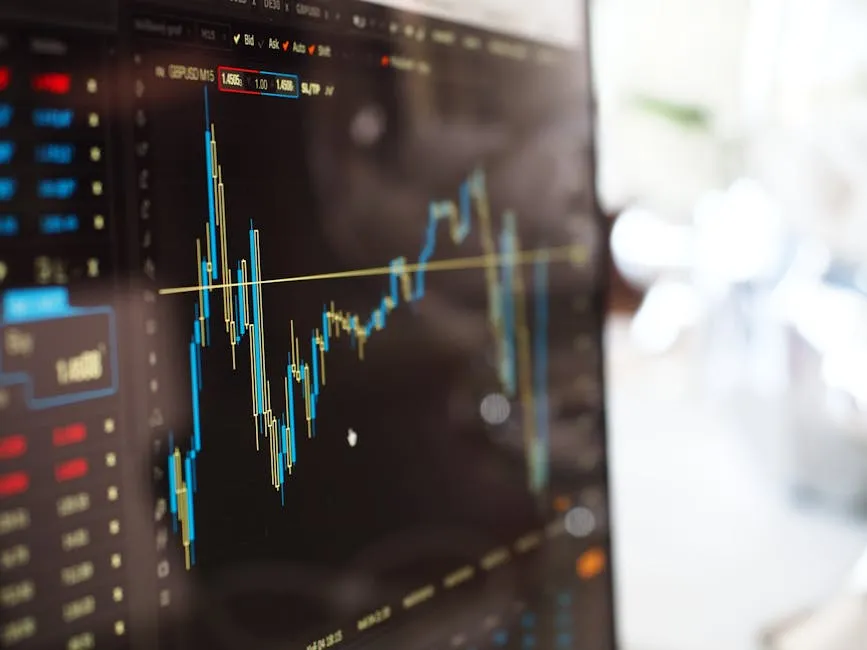
ANOVA and t-tests
ANOVA Basics: ANOVA, or Analysis of Variance, helps compare means across multiple groups. You can conduct a one-way ANOVA in R using the aov() function. Here’s how:
anova_result <- aov(dependent_variable ~ independent_variable, data = my_data)
summary(anova_result)The summary will show you the F-statistic and p-value, helping you understand whether group means are significantly different.
t-tests: T-tests are used to compare means between two groups. You would typically use a t-test when your data is normally distributed. In R, use the t.test() function. For instance, if you want to compare two groups group1 and group2, use:
t_test_result <- t.test(group1, group2)The output provides you with the t-statistic, degrees of freedom, and p-value. A p-value less than 0.05 typically indicates a significant difference between the two groups.
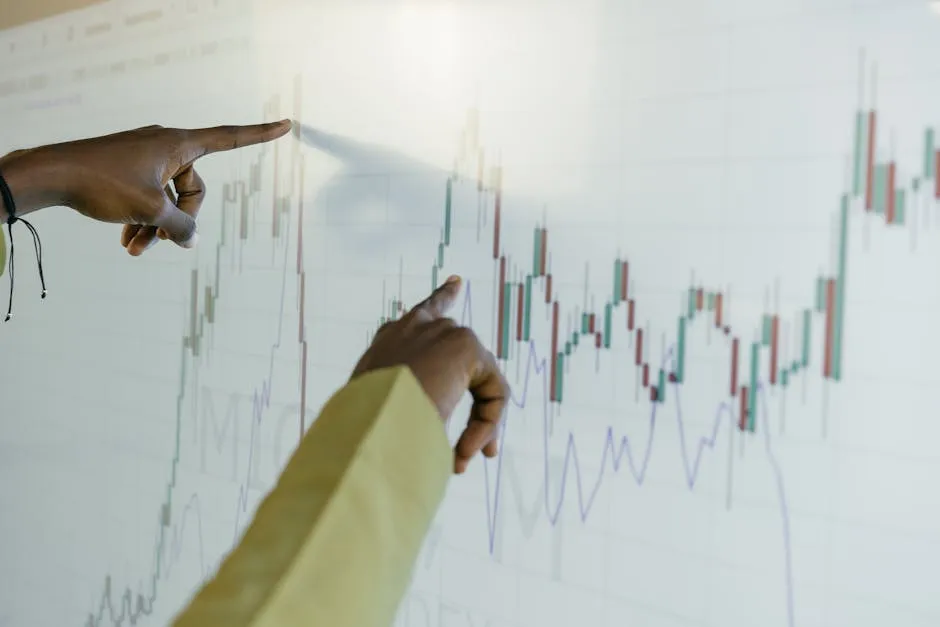
Logistic Regression
Understanding Logistic Regression: Logistic regression is essential when your dependent variable is binary. It predicts the probability of an event occurring based on one or more predictors. For example, it can help determine if a student will pass or fail based on study hours and attendance.
Implementation in R: To perform logistic regression in R, you can use the glm() function with the family set to “binomial”. Here’s a detailed example:
- Prepare your dataset with the dependent variable coded as 0 and 1.
- Use the following command:
logistic_model <- glm(dependent_variable ~ independent_variable1 + independent_variable2, family = binomial, data = my_data)- Check the model summary:
summary(logistic_model)The coefficients in the output are crucial. They represent the log-odds of the outcome occurring. Exponentiating these coefficients with the exp() function gives you the odds ratios, making interpretation easier.

Advanced Statistical Techniques
MANOVA and Multilevel Models
MANOVA, or Multivariate Analysis of Variance, extends ANOVA when there are multiple dependent variables. This technique helps understand if group means differ on several outcomes simultaneously. Multilevel models are used for data that has a hierarchical structure, like students nested within schools. These models account for variations at different levels.
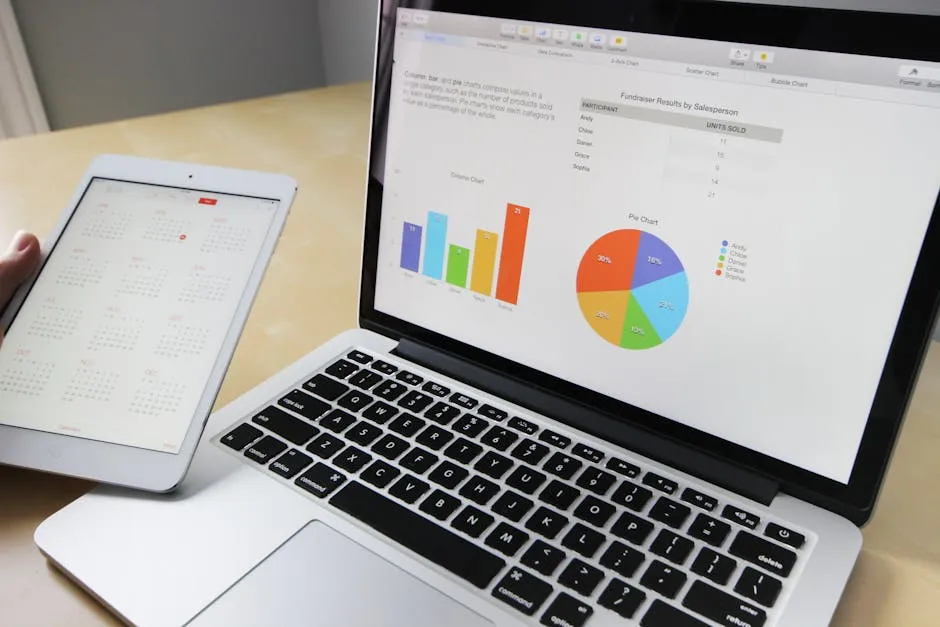
Non-parametric Tests
Non-parametric tests are ideal when your data doesn’t meet the assumptions of parametric tests (like normal distribution). These tests, such as the Wilcoxon rank-sum test and Kruskal-Wallis test, are less sensitive to outliers and can be applied to ordinal data. Use functions like wilcox.test() and kruskal.test() in R for implementation.
Troubleshooting and Best Practices in R
Common Errors and Solutions
Debugging Techniques
Ah, the joys of coding! If you’ve ever encountered an error in R, you know the feeling. You’re not alone! Here are some handy debugging techniques to get you back on track.
First, read the error message carefully. R has a knack for providing clues, even if they sometimes feel cryptic. If it says “object not found,” that means you might have misspelled a variable name. Double-check your spelling, and you might just find the culprit.
Next, use str() to inspect your data structures. Sometimes, the issue lies in the data format. If R expects a data frame but receives a list, it’s like trying to fit a square peg in a round hole. Also, don’t hesitate to break your code into smaller chunks. This method allows you to isolate the problem area, making it easier to find and fix errors.
The browser() function can be your best friend. Insert browser() in your code to halt execution and enter an interactive debugging mode. This way, you can inspect variable values and see exactly what’s going on at that moment.
Lastly, embrace the R community! Sites like Stack Overflow and R-bloggers are filled with helpful folks ready to assist you. So, don’t hesitate to ask for help if you’re stumped.
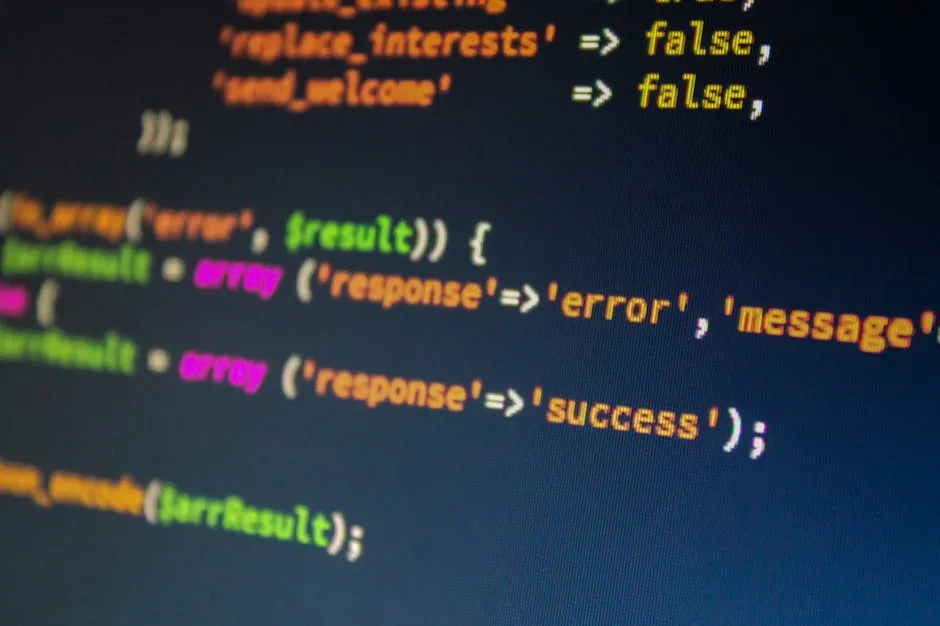
Best Practices
Writing clean and efficient code is a must. Here are some best practices to make your R scripting experience smoother.
First, comment your code. Think of comments as your code’s diary—helping you remember why you did what you did. A simple comment can save you hours of confusion later.
Second, structure your code logically. Group related functions together and separate different sections with clear headers. This practice enhances readability and helps others understand your work, or even future you!
Third, use meaningful variable names. Instead of naming a variable x, call it sales_data. This way, anyone (including your future self) can easily figure out what the variable contains.
Lastly, save your scripts regularly. There’s nothing worse than losing hours of work because you forgot to save. Use version control systems like Git to keep track of changes and collaborate effectively.

Resources for Further Learning
Ready to level up your R skills? Here are some fantastic resources to help you on your journey.
Books: Discovering Statistics Using R by Andy Field is a must-read. This book presents statistics in a humorous and engaging way, making it accessible to all. You can easily grab it here.
Online Courses: Platforms like Coursera and edX offer courses specifically focused on R and statistics. These courses provide structured learning and often feature hands-on projects. If you’re interested in diving deeper, check out excellent online courses available!
Communities: Join R communities on Reddit, Stack Overflow, or R-bloggers. Engaging with fellow learners can provide support, inspiration, and answers to your questions.
These resources will equip you with the knowledge and skills necessary to master R and statistics. So, dive in and keep learning!

Conclusion
Statistics is more than just numbers; it’s the key to unlocking insights that drive decision-making. R stands out as a powerful tool in this journey, offering flexibility and a vibrant community.
Throughout this article, we’ve covered the essentials: from importing data to advanced statistical techniques. Each step reinforces the importance of statistics in data analysis. R empowers you to visualize, analyze, and interpret data effectively.
Remember, learning R is a marathon, not a sprint. Embrace the challenges and celebrate small victories along the way. The more you practice, the more confident you’ll become in your statistical abilities.
We encourage you to continue exploring, experimenting, and engaging with the R community. Share your experiences and questions in the comments below. Let’s learn together and unlock the full potential of data analysis with R!
All images from Pexels

